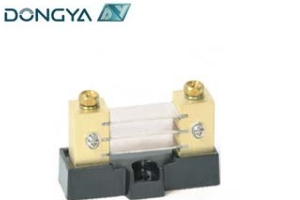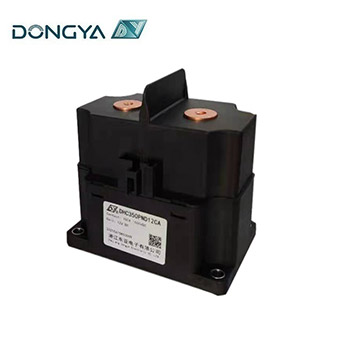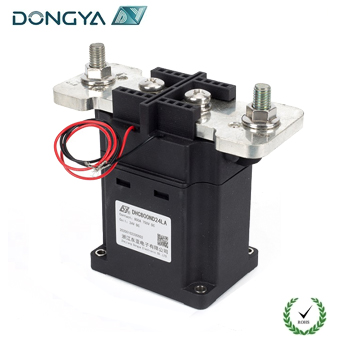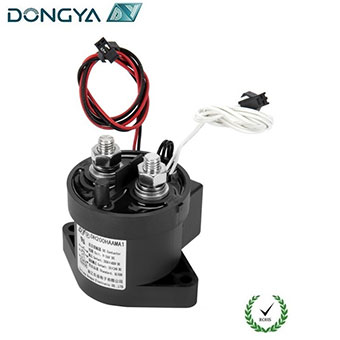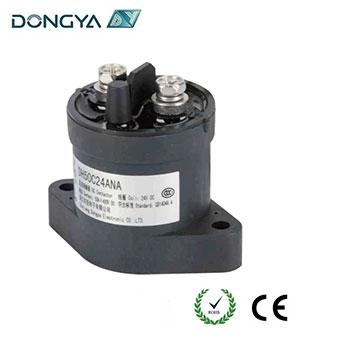In the field of electrical, the stability of the shunt is critical. This article will thoroughly analyze the factors and test methods that affect their stability, and provide guidelines for precise current measurement.
I. Introduction
Shunt is vital for electrical measurement and control, and its stability is crucial for the reliability of electrical setups. This article explores aspects of shunt stability.
II. Factors Affecting Shunt Stability
A. Temperature Coefficient
The temperature coefficient significantly impacts shunt stability. But what is it? It shows how the shunt's resistance changes with temperature. A lower coefficient means better stability. For example, a high - coefficient shunt may have inaccurate measurements as temperature varies.
To measure it: first, measure the shunt's resistance at a reference temp (e.g., 25°C). Then, change the temp and measure again. Calculate the change in resistance divided by the original resistance and temp change.
B. Material Quality
Material quality also determines stability. High - quality materials with consistent electrical properties are needed. How can we ensure this? Manufacturers source from reliable suppliers and conduct quality control. Tests include checking purity, conductivity, and corrosion resistance. A corrodible material could change electrical properties over time.
The manufacturing process matters too. Precise processes like precision machining and electroplating ensure uniform structure and good surface finish.
C. Long - Term Drift
Long - term drift, the gradual resistance change over time, is another factor. How can we monitor and fix it? Regular calibration is key. Compare measured values with a standard over time to detect and correct drift. Labs often calibrate shunts every few months.
Design can reduce long - term drift. Features like robust encapsulation and proper mechanical design protect against environmental factors and stress.
III. Testing and Verification of Shunt Stability
A. Laboratory Testing
In labs, shunts face tests like thermal cycling. This involves cycling through different temps. What's measured? Resistance change, thermal equilibrium time, and signs of damage.
The accelerated aging test exposes shunts to harsh conditions to predict long - term performance. It's done in an environmental chamber with controlled conditions while monitoring performance.
B. Field Testing
Field testing in real - world applications is important. Data like measured current, operating temp, and malfunctions are collected.
For accurate field testing, proper installation following the manufacturer's instructions and regular maintenance are essential.
IV. Conclusion
Shunt stability depends on temperature coefficient, material quality, and long - term drift. Considering these factors, along with proper testing in labs and the field, ensures accurate current measurement in electrical applications.
